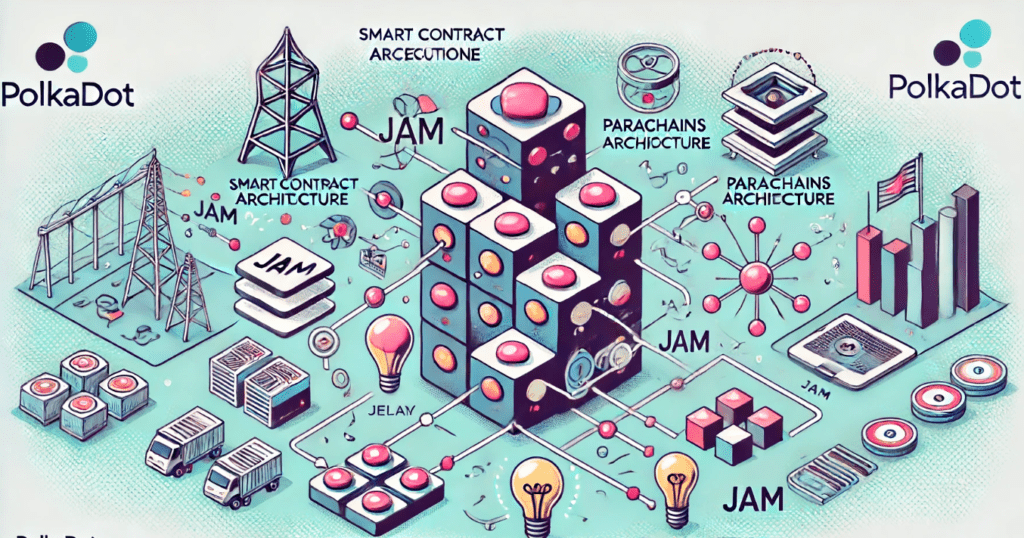Polkadot is set to move away from its parachain architecture in favor of a new design offering computation, including smart contract execution, from its base layer. On June 13, the Polkadot community ratified a proposal to update its base Relay Chain with the Join-Accumulate Machine (JAM).
The JAM Overhaul
JAM aims to overhaul Polkadot’s existing Layer 0 architecture, where the relay chain exclusively facilitates DOT staking and transfers. Currently, Polkadot allows Layer 1 parachains to leverage the relay chain’s consensus layer for security, with parachains providing advanced functionality, including smart contract execution.
“JAM is built as a distributed computer, capable of executing nearly any task expressible as a service,” Polkadot explained. “[JAM] embodies a permissionless, simplistic, generalized, minimalistic design for maximizing the number of applications.”
Under the new system, parachains will continue to operate on top of JAM, while appchains and protocols deploying on JAM will purchase computation resources on a monthly basis, rather than bidding for long-term parachain slots through the existing auction mechanism.
Promoting Development
To promote the development of multiple clients for JAM, Polkadot is launching a $10 million DOT prize pool for “JAM Implementers.” This incentive aims to encourage widespread adoption and innovation within the Polkadot ecosystem.
Background on Polkadot
Polkadot was created by Ethereum co-founder Gavin Wood. Through its parachain architecture, Wood sought to realize the vision for sharding articulated early in Ethereum’s development, where computation is split across an ecosystem of multiple chains operating in parallel. The Polkadot whitepaper was published in 2016, followed by a nine-figure funding round to bootstrap the project, and the mainnet launch occurred in 2017.
Parachain Adoption Challenges
Polkadot’s first round of parachain auctions generated significant excitement in 2021, with nearly 128 million DOT ($2.9 billion at the time) locked up by crowdloan contributors. However, parachain adoption has since lagged behind that of rival Layer 1 and Layer 2 networks.
Acala is currently the top parachain by total value locked (TVL) with $83.9 million, followed by Astar with $49.5 million and Moonbeam with $46.4 million. Despite their initial success in securing parachain slots, these projects have not maintained the expected momentum.












